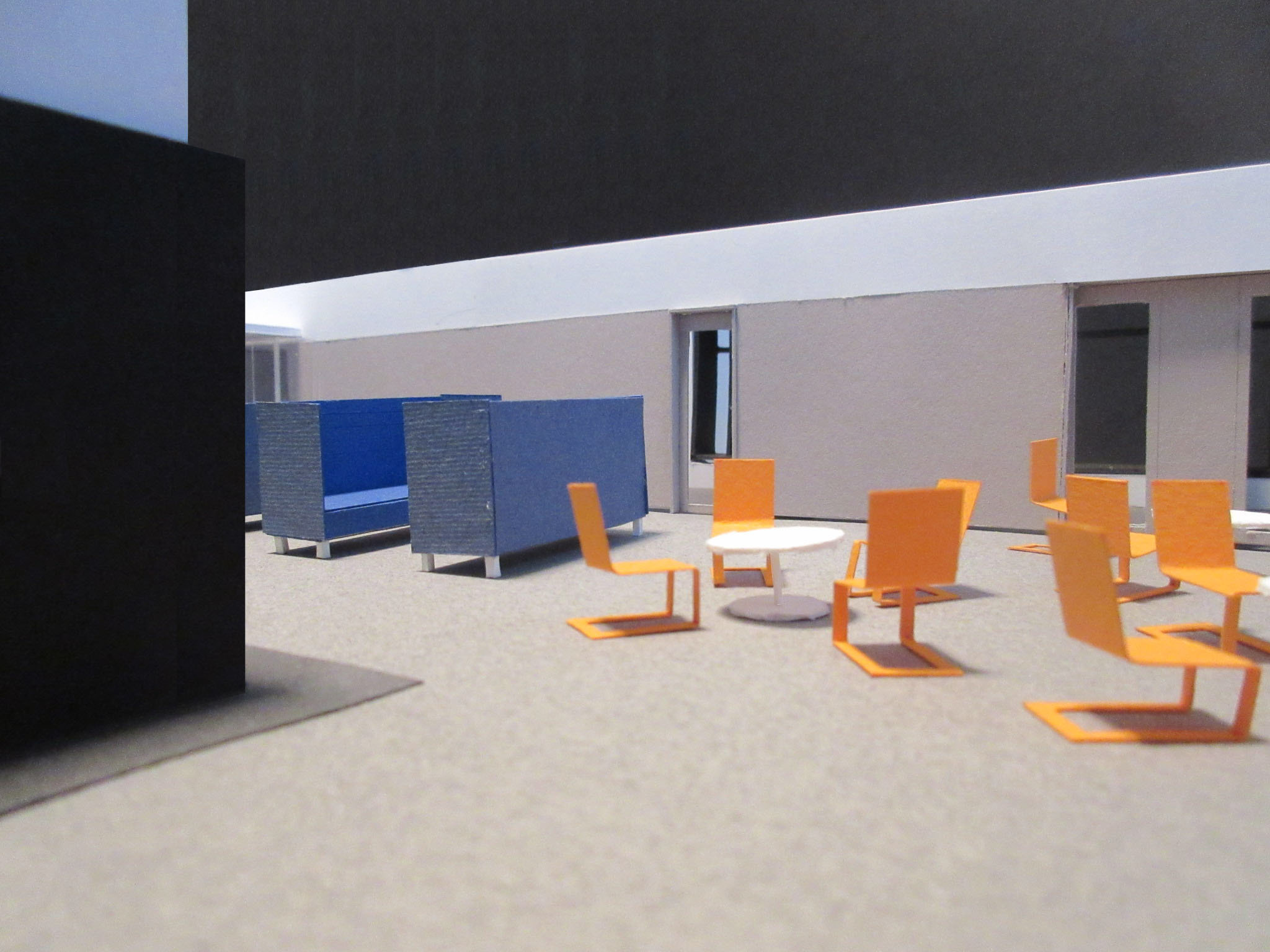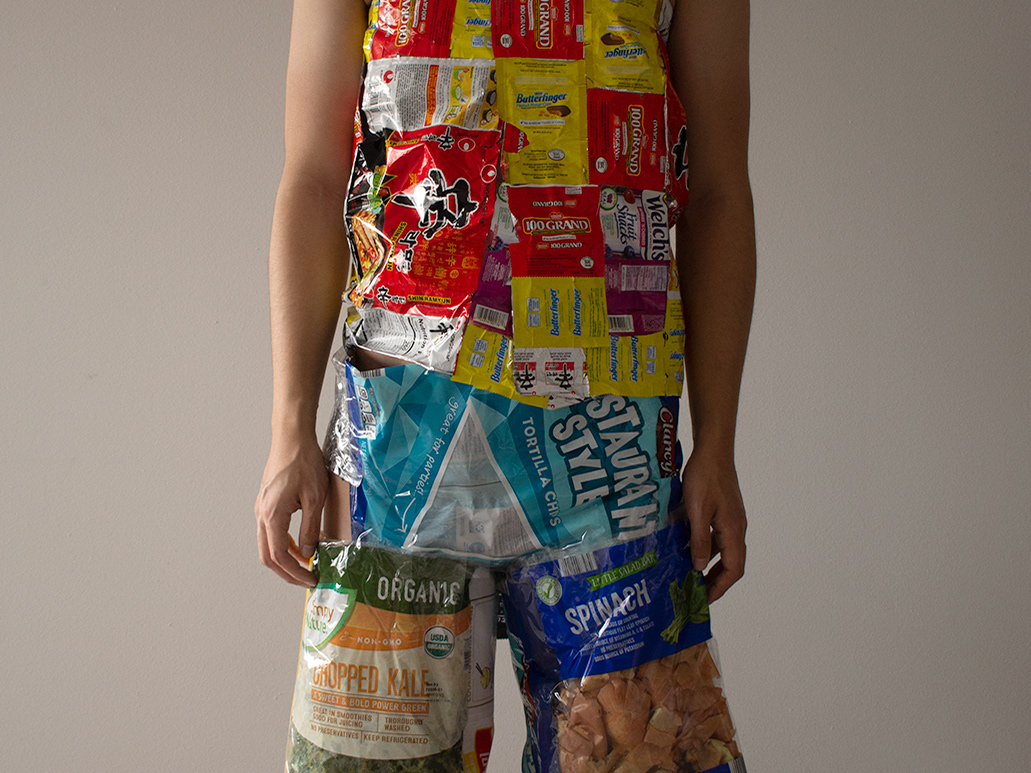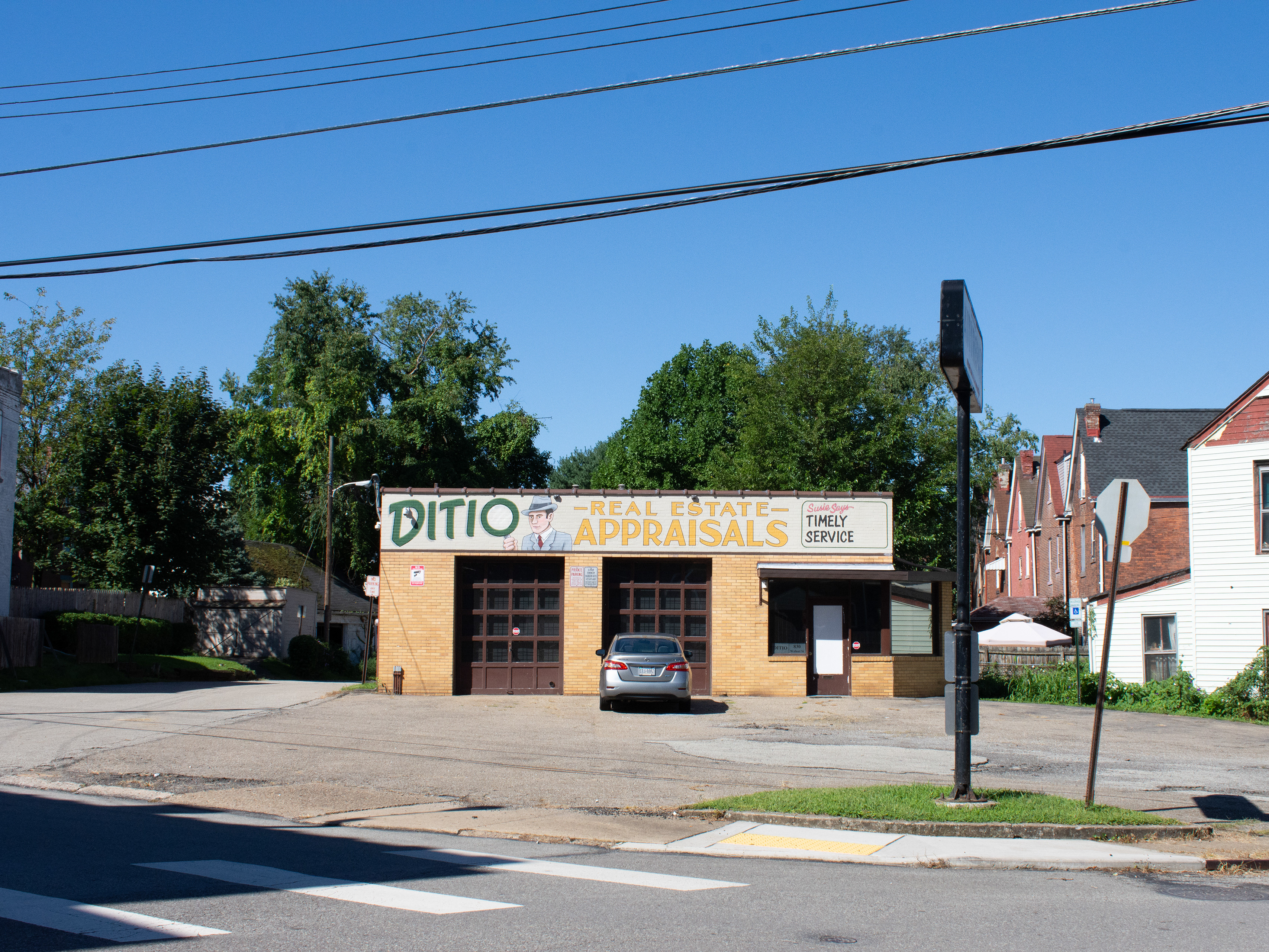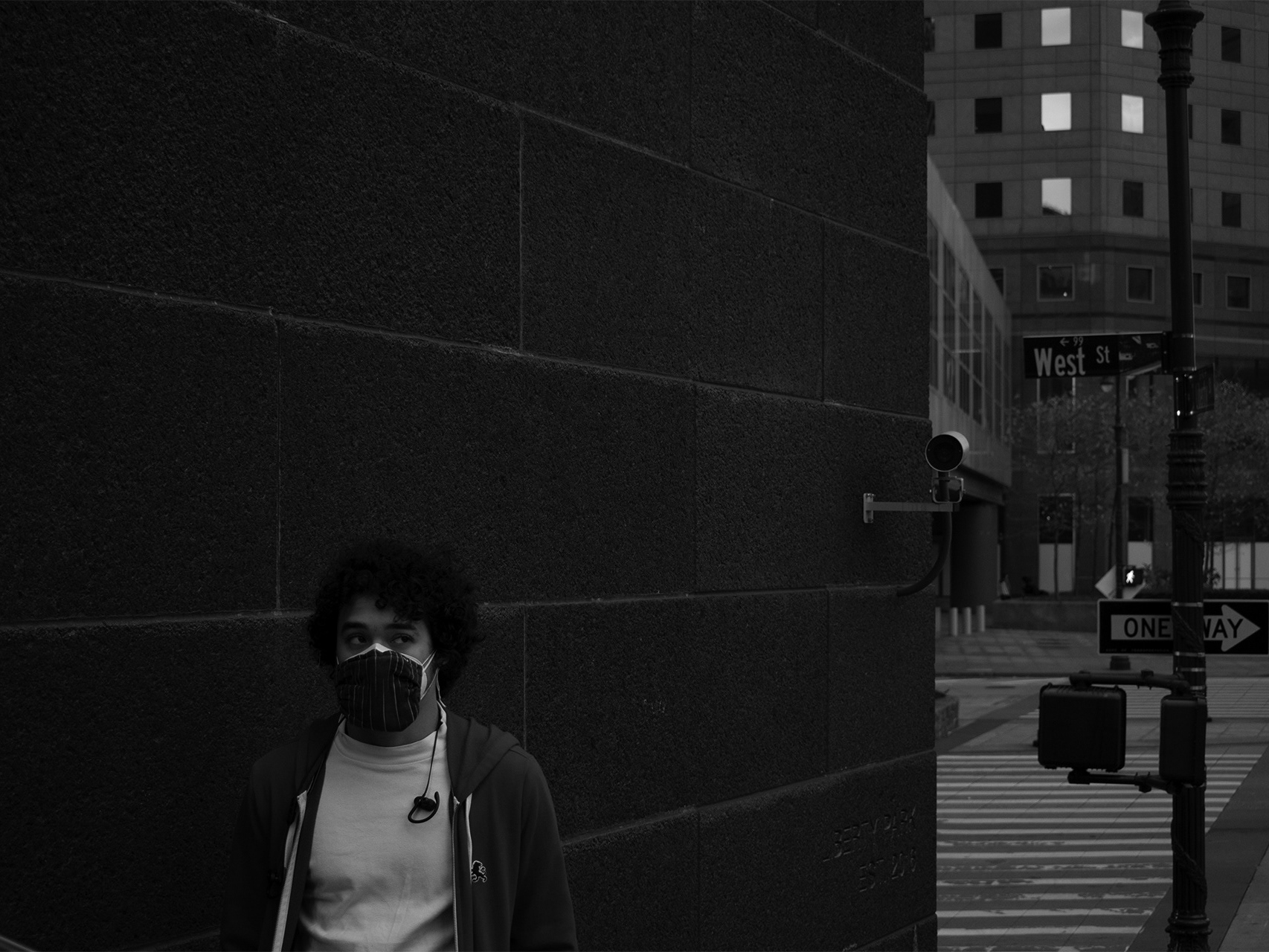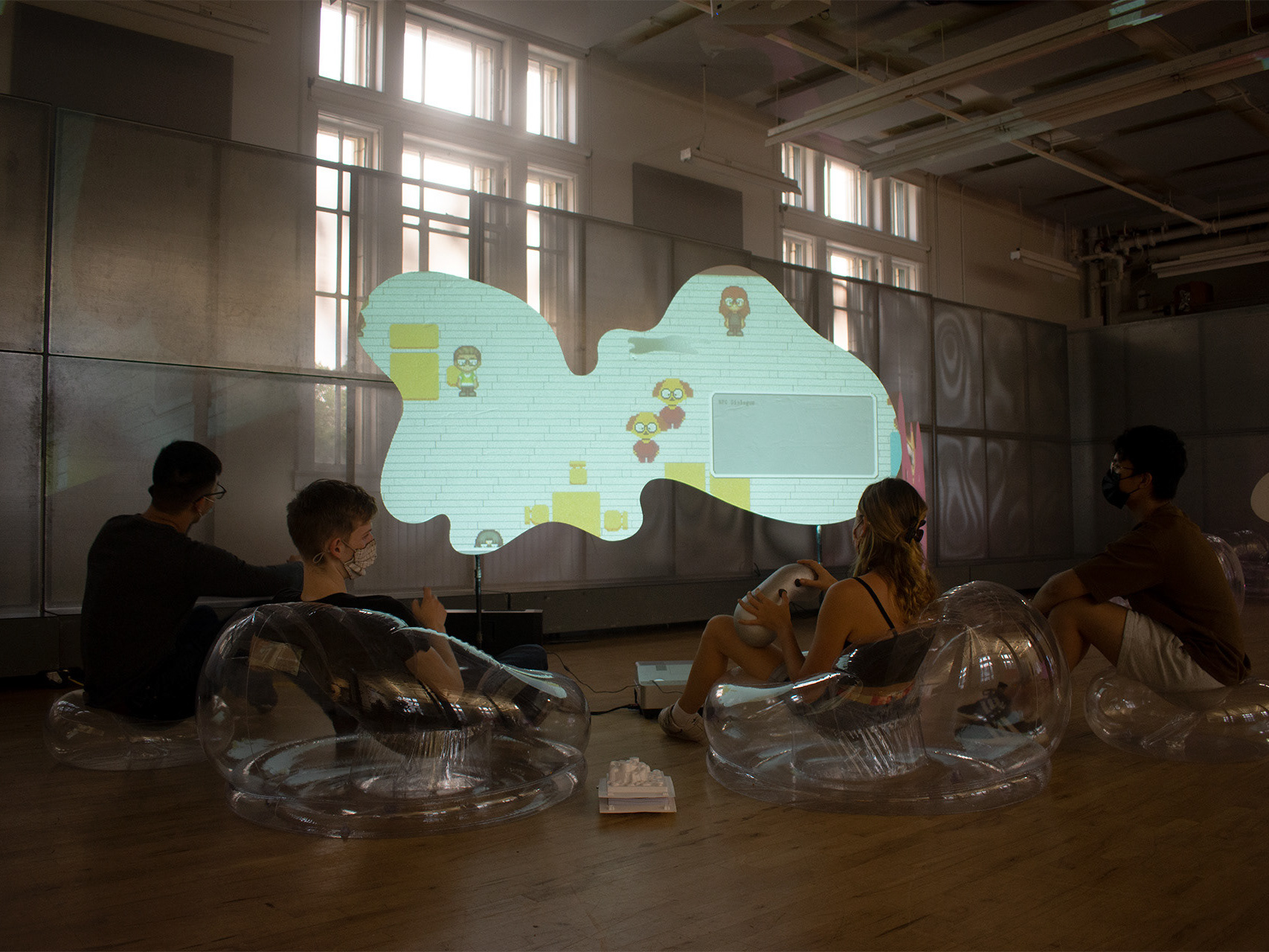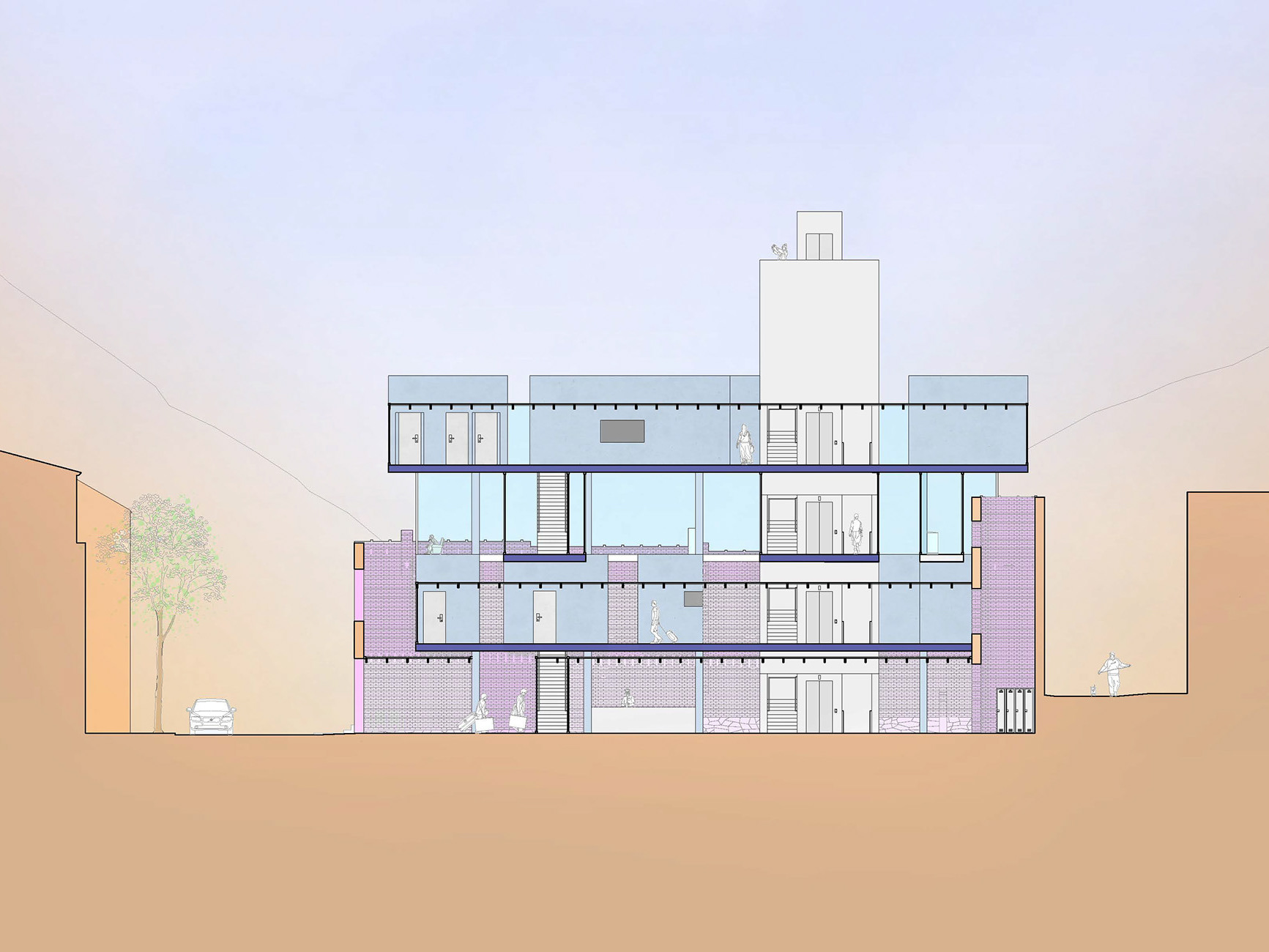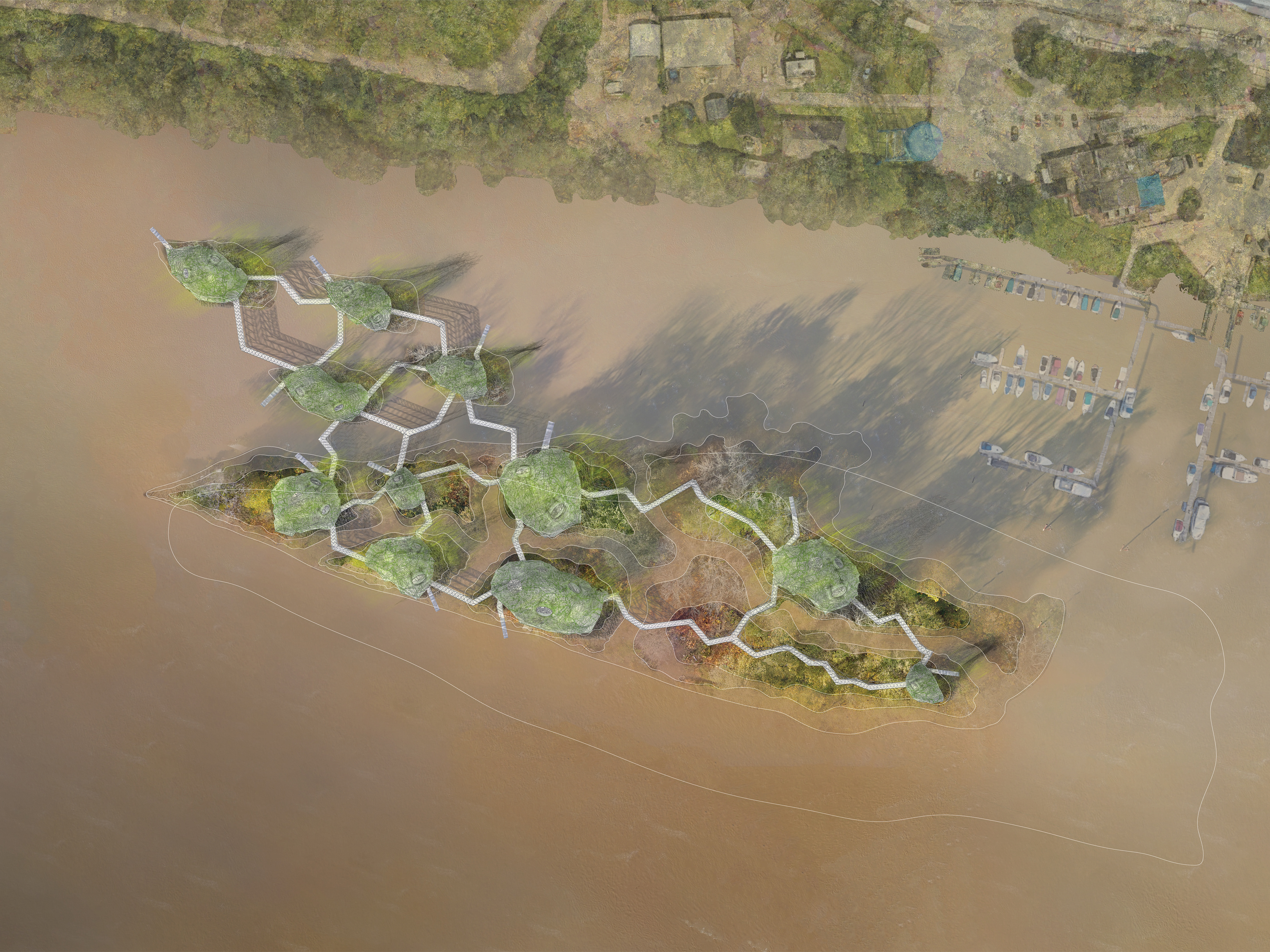The project seeks to understand the composition of the painting Deux Femmes Au Bord De La Mer by Le Corbusier through analytical drawings that describe a hierarchy of objects within the painting. These hierarchies are determined by the forms, colors, and shades within the painting and using these analysis, the composition is translated into a series of three-dimensional objects and a concurrent drawing set.
These drawings depict some of the compositional elements of the painting.
This drawing helps to understand the spatial composition of the painting based off the two-dimensional analysis of the painting, but uses colors as well as the objects to understand space. Through the use of different colors and tones one could start to understand the depth of the figures.
This model starts to think about the composition of the painting through a series of sections by taking the sections sideways through the painting, rather than into the painting. Here we start to understand how form could be created through the use of color and positive and negative space.
The cardboard model takes the three-dimensional elements shown in the acrylic model but defines these forms solely as positive or negative spaces. This creates a quasi-topographical model that is an abstraction of the painting, but with its composition rooted in the composition of the painting.
The chipboard model builds on the ideas of the cardboard model, but with a higher resolution in order to be viewed less as a layering of materials and read more spatially.
The drawings depict different parts of the painting relate to the object in order to create the positive and negative spaces.
The final wood model further builds upon the chipboard model, but the sectioning is no longer visible and the object is completely about the use of positive and negative space to create form. The final model and drawing are hybridized together to better articulate the spatial qualities of the model and to infuse it with more information.
